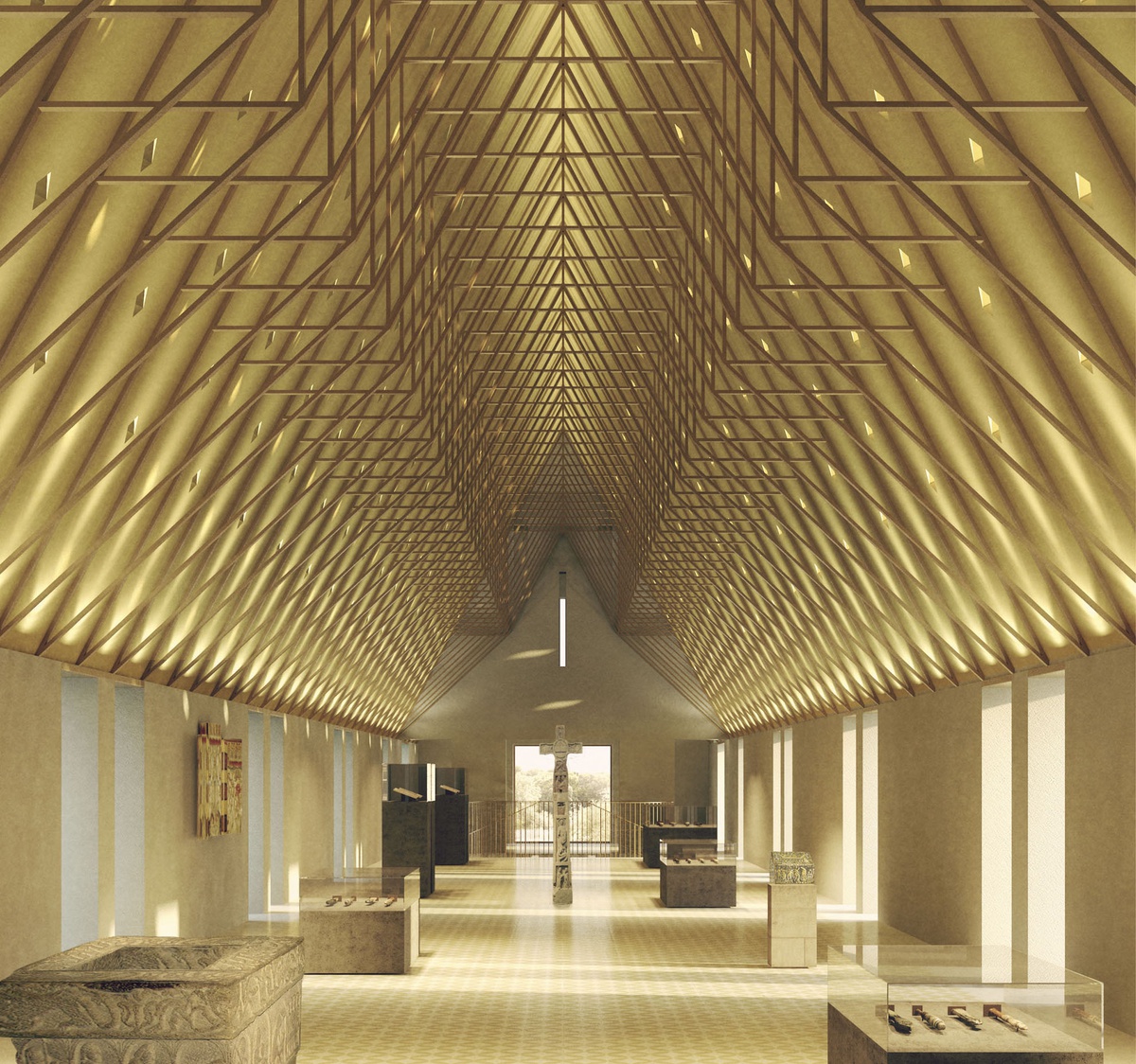NIALL MCLAUGHLIN RECEIVES AN HONORARY ROYAL DESIGNER FOR INDUSTRY AWARD
DECEMBER 2015
The title ‘Royal Designer for Industry’ is awarded annually by the Royal Society of Arts to designers of all disciplines who have achieved ‘sustained design excellence, work of aesthetic value and significant benefit to society’. The RDI is the highest accolade for designers in the UK; only 200 designers can hold the title and non-UK designers may receive the honorary title Hon RDI.
This year there were 8 RDI’s awarded. Alongside Niall McLaughlin were Ronan Bouroullec and Erwan Bouroullec who both also received an Hon RDI for their progressive and influential work across products, furniture and public spaces and impact on contemporary design culture, Michael Anastassiades RDI for his excellence and innovation in lighting design and supporting young designers, manufacturing and making in the UK, Kate Blee RDI for contributing her outstanding expertise in textiles to social investment projects and therapeutic public spaces, Kim Colin RDI for her sustained excellence in product design and applying design thinking to create thriving and sustainable enterprises, Karen Nicol RDI for pushing new boundaries in fabric and stitch design, promoting recycled textiles and designing for Fine Cell Work that teaches creative needlework to prisoners and David Pearson RDI for his distinctive and innovative contribution to British publishing and commitment to design education.
The Royal Society of Art’s Chief Executive Matthew Taylor commented ‘The RSA is committed to encouraging and rewarding outstanding designers who challenge convention, discover new insights, and improve our quality of life. These eight leading practitioners are from wide-ranging disciplines and are united by a driving commitment to innovate, create, educate and inspire others through design’.
Current architects with the title of Royal Designer of Industry are; David Chipperfield, Peter Clegg, Edward Cullinan, Norman Foster, Eva Jiricna, John Pawson, Alan Stanton, Sarah Wigglesworth, and Paul Williams.
Current architects with the title of Honorary Royal Designers are; Mario Bellini, Andrea Branzi, Antonio Citterio, and Peter Zumthor.
THE FURTHEST FROM THE FLOOR
NOVEMBER 2014

Imagine a room without a roof, where the sky can be seen and the seasons read. This room holds the capacity to frame dazzling colour and scaleless formation, silent motion and subtle evolution.
What if a roof challenged these things, and set out to generate a drama quite of its own?
Often we witness the world at eye-level alone. Much of our urban landscape positively encourages us to do so. Yet it is sad if, on the occasion we raise our eyes to the ceiling, we are not enamoured with what we find. It is often height that offers the best opportunity for expression. With height comes volume and the potential to present the greatest manifestation of depth and structure.
Our practice explores the roof and the complexity of a soffit as an ongoing theme. The notion of the exposed rafters in a barn has influenced the design of the soffit in our gallery at Auckland Castle. We are developing an array of rafters that create density yet delicacy in their mass when tightly multiplied. Though the roof is low, its lowest point occurs just higher than your fingertips, creating a definitive datum between the world of rafters and the world of exhibitions. This effect is further enhanced by the muted nature of the walls to increase the feeling of overhead awareness.
As contrast to this, your gaze is directed by the vertical piers that surround you as you move through Bishop Edward King Chapel in Oxford. Slowly they rise, higher and higher, until they meet the ceiling, at which point orientation is adjusted and the piers fuse with the weave of rafters. It is pleasurable to witness something simple become something complicated. Height offers the opportunity for elements in the space to take you on a journey. They “pick you up” at eye-level and carry you up to the roof, where often the brightest or darkest environments exist.
The requirement to defend from rain leaves the roof little choice but to protect, as efficiently and simply as possible, granting the interior more freedom for expression. And why not, when you consider where most building users will stand? However, as our towns and cities become denser, the roof, as seen from its surroundings, becomes an increasingly important issue to address.
The two examples I have given construct varying degrees of interest, leading me to suggest that it is possible for a roof to respond to that drama in the sky with a drama of its very own.
Katherine received a BSc Degree from the Bartlett in 2008. In 2007, she was awarded The Henry Herbert Bartlett Travel Scholarship and the UCL Expeditions & Travel Grant to conduct a construction project in Kampala. She joined Niall McLaughlin Architects in 2012 and has worked on London Academy of Music and Dramatic Art, St Cross College in Oxford, the T1 Argent Building in London and Jesus College in Cambridge.
